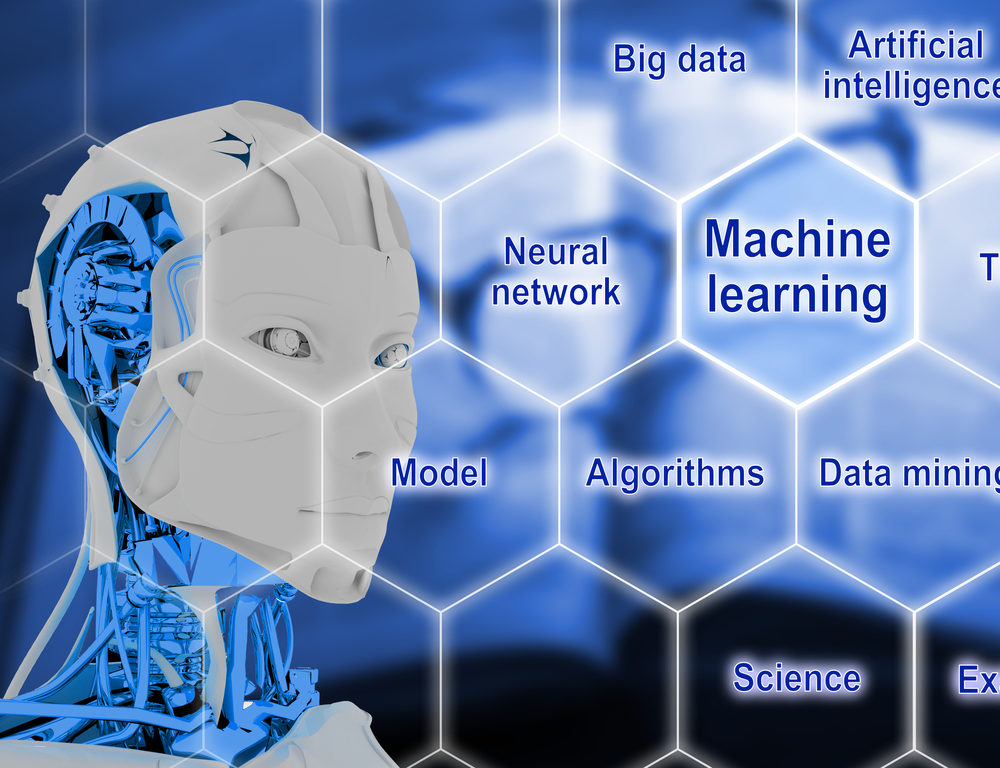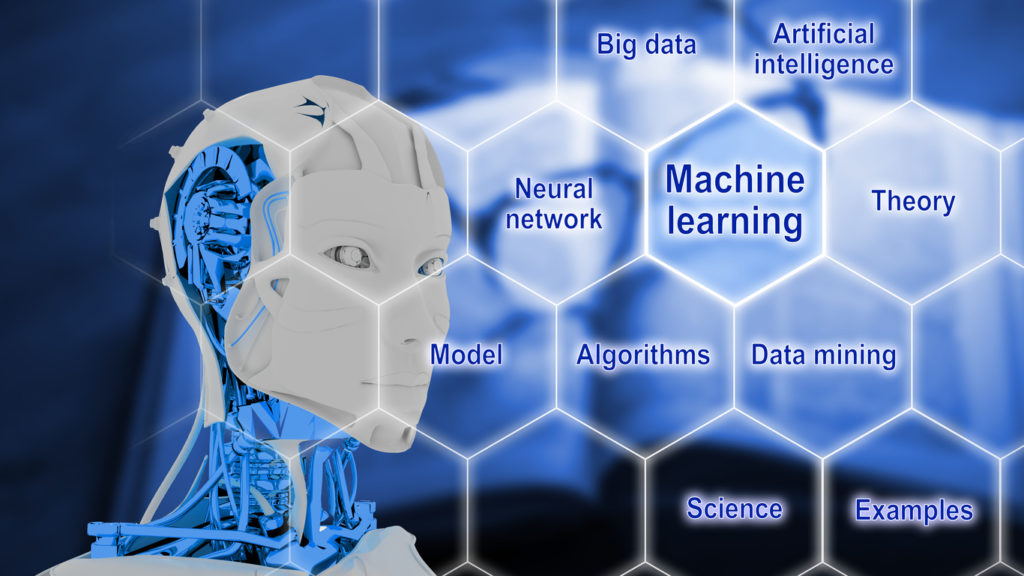Artificial intelligence conjures up images of robots with thoughts of human domination. Fortunately, AI has evolved into a more practical concept for consumers, businesses, and marketers. AI is closely related to machine learning in that both concepts involve taking cues from human behaviors to solve problems, and complete tasks. If you’ve ever used Siri on your iPhone, you’ve experienced artificial intelligence in use.
AI programs are also highly efficient when it comes to collecting and tracking data and identifying meaningful patterns from data. It’s this ability alone that can make marketing easier and less time consuming. The time and resources spent on digging through data means less time dedicated to high level tasks such as refining the marketing strategy or improving the product experience.
By analyzing millions of data points in real time and making smart, optimized decisions to increase business performance, machine learning enables marketers to do more at scale and frees up time to focus on more strategic tasks. But how are AI and machine learning specifically changing the game for marketers?
Optimizing for customer value
As a marketer, one of our biggest challenges is to determine who cares about our brand enough to keep coming back. But even more important is finding users who are going to drive profitability. Machine learning makes it easier to find and engage the customers that are most valuable to our business by letting us look for them in places we may otherwise miss.
Rather than narrowly defining a target segment simply as “25-40 year old man,” machine learning lets you cast a much wider net, taking into account our business outcome a sale, an in app purchase, a completed level in a game, etc. It then looks at millions of signals to find people at scale who are likely to complete those actions.
With machine learning, our first step is analyzing the people we know: our most valuable or profitable app users. The system then looks for other similar profiles. If we’ve developed a travel app, for example, it may look for individuals who have made purchases in other travel apps, are watching travel videos online, or who are in the market for flight and hotel deals.
For example Trivago, the online travel company, wanted to drive in-app transactions from high quality users. It used Universal App campaigns, which are powered by Google machine learning, to optimize for shoppers likely to make in-app conversions. As a result, the company saw a 20% increase in high quality users across Android and IOS.
Creating Content
AI involves the use of algorithms to detect patterns and analyze data. This is essentially how AI can be used to create content for the masses. It’s estimated that 20 percent of business will actually be using AI-generated content within the next few years. The technology is already being used to create email subject lines — and successfully at that!
When used effectively, AI-generated content can blend in seamlessly with other content. In fact, emails with subject lines created with a program using AI actually outperform similar emails with subject lines crafted by humans. This doesn’t mean there will be no need for human-generated content in the future. More in-depth content is still better produced by humans rather than machines.
AI-generated content is produced with natural language generation (NLG) software. Such software can’t create prose on its own, however, It needs access to a structured data set. Content created this way does have its limitations, such as, no personal insights. This why it’s best used for data-driven content, although this can still be a time-saver for businesses that needs to turn out content fairly quickly.
Competitive Advantage
Forward thinking companies are using machine learning tools to amplify their marketing. These early adopters take advantage of the technology’s ability to streamline data, unlock user insights, and engage users in highly relevant ways. In fact, 85% of executives believe Artificial Intelligence will allow their companies to obtain a competitive advantage, according to the Boston Consulting Group.
Helping Retailers Improve Customer Service
Some AI programs are able to generate answers to commonly asked customer questions. This is especially useful on social platforms where customers expect immediate answers to questions. Since smaller businesses don’t usually have the resources to staff their platforms with live help options 24/7, automated answers to FAQs can give customers some quick answers.
Customer service chatbots are a form of AI designed to provide answers based on certain keywords that are either typed or spoken. It’s pretty much the same technology that allows Siri and Alexa to provide sensible answers. However, chatbots tend to work best for low-level requests. Human interaction is still needed for more complex inquiries. So, it’s all about finding the right mix when using AI for this purpose.
Putting Together More Effective Ad Campaigns
Artificial intelligence also plays an important role in a form or automated advertising known as programmatic advertising. It can be difficult to accurately determine things, like when to place ads or where your audience is likely to be looking online.
What AI does for marketers and businesses alike is make it easier to put together ad campaigns more likely to reach the right audience. AI can play a role in solving many ad-related problems and marketing challenges, including:
- Determining what prices ad networks will be willing to pay per impression
- Calculating how likely it is that users will interact with a certain brand and its products and services
- Identifying the best times of the day to run campaigns
- Figuring out the odds of impressions turning into conversions with in-app promotions
With AI, an ad campaign platform can provide huge insight that allows marketers to see end-to-end consumer engagement.
Making Better Use of ‘Big Data’
The term “big data” simply refers to the massive amounts of information available to businesses and marketers today. In a nutshell, big data is info from both internal and external traditional and digital sources used for the purpose of discovery and analysis. Of course, actually sorting through all of this information can sometimes be a daunting (or impossible) task. AI allows companies and marketers to access a lot of information to determine things like:
- Preferences with product features
- Common customer service issues
- Key trends
- Customer habits and demographics
- Customer activity within specific geographic locations
To use your data, you have to master your data or integrate the right technologies to put audience insight into action.
Improving the Customer Experience
Amazon is already using AI to boost the customer experience with its product recommendations. According to some estimates, “recommended purchases” account for as much as third of Amazon’s sales. Many other businesses are using the same technology to present product suggestions to customers as they browse through web pages. An improved customer experience helps marketers and businesses because happy customers tend to spread the word with positive reviews and comments.
AI isn’t just something that’s only accessible to big-time marketing firms. Amazon has an AI framework the company uses for its product recommendations. The framework is available for marketers (or anyone who has an Amazon account) to use and build upon. Neither AI nor machine learning will become a substitute for well-produced, relevant content that taps into the right emotions and personal interactions from humans. What technology of this nature can do, however, is help marketers keep consumers consistently engaged by directing content to the right set of eyes more efficiently.



